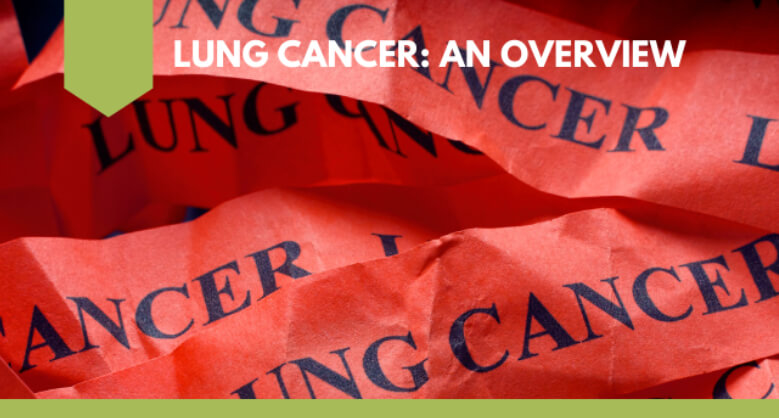


Immunofluorescence testing ranks among medicine’s most reliable diagnostic tools, especially when detecting autoimmune diseases. The sensitivity rates reach 100% for certain conditions. Medical professionals have managed to keep this technique at the heart of diagnostics since 1942. It provides exceptional accuracy in identifying diseases in multiple organ systems. The immunofluorescence staining process is a great […]
Read more
Cancer is the second leading cause of death worldwide. This grim statistic highlights the need to save lives through better detection methods. We have a long way to go, but we can build on this progress in cancer diagnostics, where liquid biopsy stands at the vanguard of medical advancement. Liquid biopsy revolutionizes cancer detection through […]
Read more
One of the most revolutionary techniques of modern molecular biology and genetics, fluorescence in situ hybridization is a precision-based technique known widely for use in genetic diagnostics and research, helping to determine chromosomal anomalies, gene mutation, and many more genetic markers. DSS Imagetech is a trusted company dealing with biotechnology in Delhi, India, and delivers […]
Read more
The immune system is an extraordinary defense mechanism, safeguarding our bodies against a multitude of threats. Its capacity to discriminate between self and non-self is essential for preserving health in the face of infections and cancer. When the balance within the immune system is disturbed, it can lead to various dysfunctions with serious implications. In […]
Read more
The immune system, one of the most intricate networks in the human body, tirelessly protects us from pathogens such as bacteria, viruses, fungi, and more. While a healthy immune system ensures defense and health, any compromise can lead to diseases, autoimmune conditions, allergies, or even cancer. Clonality testing, a crucial advancement in hematologic oncology, has […]
Read more
The blending of artificial intelligence (AI) with medical research has paved the path for unprecedented improvements in cancer diagnoses. AI is revolutionizing the science of cancer detection by processing enormous volumes of data, seeing patterns, and making precise predictions. AI-powered technologies are giving physicians crucial tools to diagnose cancer early, customize treatment programs, and enhance […]
Read more